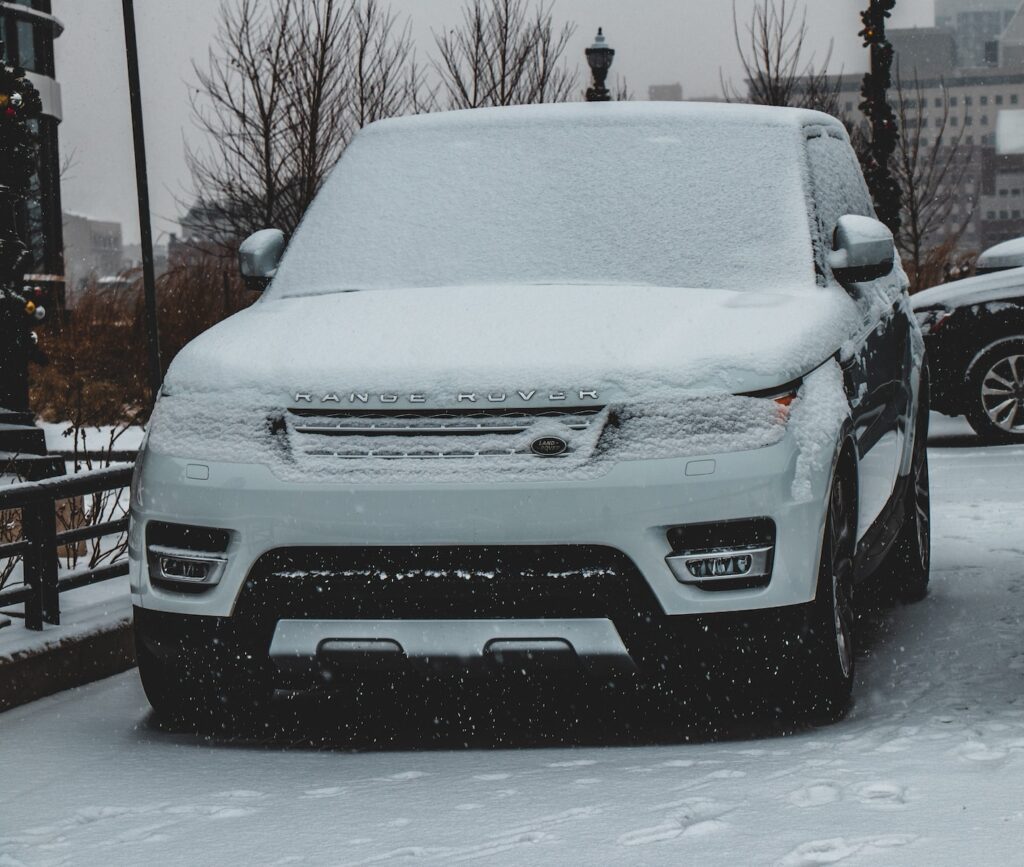
As autumn arrives, it’s not just the leaves that need preparation for the colder months—your car does too. Winter weather brings unique challenges that can affect your vehicle’s performance, safety, and reliability. Preparing your car for winter is crucial to ensure it operates smoothly and safely when temperatures drop and conditions worsen. By taking proactive steps now, you can prevent potential problems and ensure that your vehicle is ready to handle whatever winter throws at it. In this article, we’ll explore why autumn is the ideal time to start your winter car preparations and offer practical advice on how to get your vehicle winter-ready.
Summary
The Impact of Winter on Your Vehicle
Winter weather can take a significant toll on your vehicle, affecting various components and overall performance. Understanding these impacts can help you take preventative measures to keep your car in top shape throughout the colder months.
How Cold Weather Affects Your Car’s Engine
Cold temperatures can strain your engine in several ways. When temperatures drop, engine oil becomes thicker and less effective at lubricating engine parts, which can lead to harder starts and increased wear. Additionally, cold weather can exacerbate existing engine issues, such as worn belts and hoses. To counteract these effects, ensure your engine oil is suitable for winter conditions and consider using a winter-grade oil. Regularly inspect and replace any worn engine components to prevent potential problems.
Tire Performance in Winter Conditions
Tires play a crucial role in your vehicle’s winter performance. Standard all-season tires may not provide adequate traction on snow and ice, leading to reduced safety and handling. Winter tires, designed with specialized tread patterns and rubber compounds, offer better grip and performance in cold and slippery conditions. To prepare for winter, inspect your tires’ tread depth and consider investing in winter tires if you live in an area prone to severe weather. Proper tire maintenance, including regular checks and alignment, is also essential for optimal performance.
Battery Health and Cold Weather
Cold weather can significantly impact your car’s battery performance. Lower temperatures reduce the battery’s ability to hold a charge and can make it harder for the engine to start. Regularly check your battery’s charge level and condition, and replace it if necessary. Additionally, ensure your battery terminals are clean and free from corrosion. If your battery is more than a few years old, consider having it tested or replaced to avoid potential starting issues during winter.
Essential Winter Preparation Steps
Preparing your vehicle for winter involves a series of crucial maintenance tasks to ensure it remains reliable and safe throughout the season. Here’s a comprehensive checklist of actions you should take to get your car winter-ready.
Checking and Replacing Fluids
Fluids are vital to your vehicle’s operation, and their performance can be affected by cold weather. Antifreeze, also known as coolant, prevents the engine from freezing and helps maintain optimal operating temperatures. Check the levels and condition of your antifreeze and other essential fluids like engine oil, transmission fluid, and windshield washer fluid. Ensure they are filled to the recommended levels and consider replacing them with winter-grade alternatives if necessary.
Inspecting and Replacing Tires
Proper tires are essential for safe driving in winter conditions. Start by inspecting your current tires for tread wear and damage. Worn or damaged tires can significantly reduce traction and safety on icy or snowy roads. If your tires are not suited for winter conditions, consider investing in winter tires designed to provide better grip and control. Regularly check tire pressure as cold weather can cause it to drop, leading to reduced performance and safety.
Battery Inspection and Maintenance
A well-maintained battery is crucial for reliable starts in cold weather. Check the battery’s charge level and inspect it for signs of wear, such as cracks or corrosion on terminals. Cold temperatures can reduce battery efficiency, so ensure it’s in good condition and consider replacing it if it’s more than three to five years old. Regular maintenance and timely replacements can prevent unexpected breakdowns during winter.
Preparing for Winter Emergencies
Winter weather can sometimes lead to unexpected situations, making it crucial to be prepared for emergencies. Here’s how you can equip your vehicle and yourself to handle winter emergencies effectively.
Creating a Winter Emergency Kit
A well-prepared emergency kit can be a lifesaver if you find yourself stranded or in need of assistance during winter. Essential items to include are blankets to keep warm, non-perishable food and water, a first aid kit, and a flashlight with extra batteries. Adding a small shovel, sand or cat litter for traction, and a battery-powered radio can also be beneficial. Having these items readily available ensures you’re prepared for various winter-related scenarios.
Vehicle Safety Gear
In addition to an emergency kit, keeping essential safety gear in your vehicle can help in winter emergencies. Include items like an ice scraper and brush to clear frost and snow, jumper cables for battery issues, and a basic tool kit for minor repairs. Ensuring that these items are easily accessible and in good condition can help you address problems quickly and effectively.
How to Solve Common Winter Vehicle Issues
Winter can bring a variety of vehicle issues, but understanding how to address these problems effectively can help you stay on the road safely. Here are practical solutions for common winter vehicle issues.
Dealing with Engine Trouble in Cold Weather
Cold weather can lead to engine trouble, such as hard starts or stalling. To address these issues, ensure your engine oil is appropriate for winter conditions. If you experience difficulty starting your engine, check the battery’s charge and condition. Regularly maintain your engine components, including spark plugs and belts, to prevent potential problems.
Example Solution: One client reported frequent stalling during cold starts. After switching to winter-grade engine oil and replacing their battery, the problem was resolved, resulting in smoother engine operation even in low temperatures.
Fixing Tire Problems
Winter conditions can exacerbate tire problems like low tread depth or inadequate inflation. Regularly check your tire pressure and tread depth. If your tires are worn or not suited for winter conditions, consider replacing them with winter tires for better traction and safety.
Example Solution: A client noticed reduced traction and handling during snowy conditions. After inspecting their tires and finding them worn, they switched to winter tires, which improved grip and driving stability in winter weather.
if you need to ship a car this month, leave a comment below.
